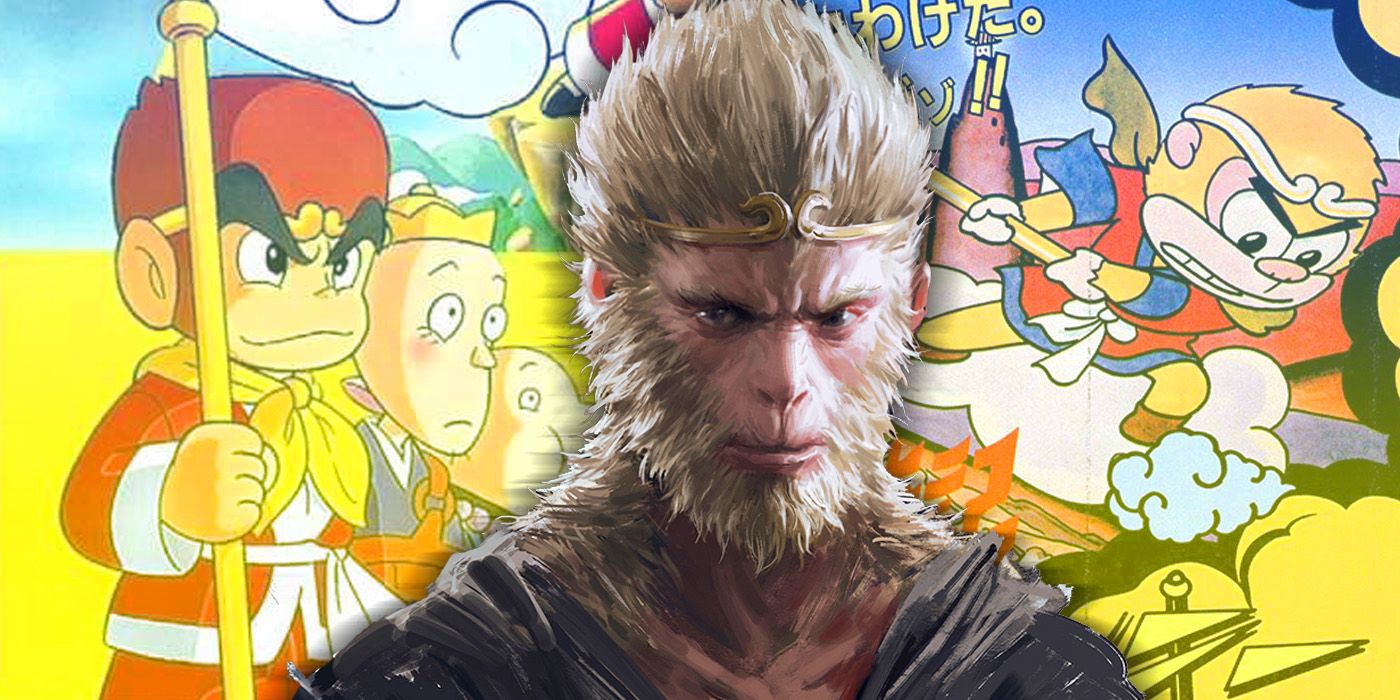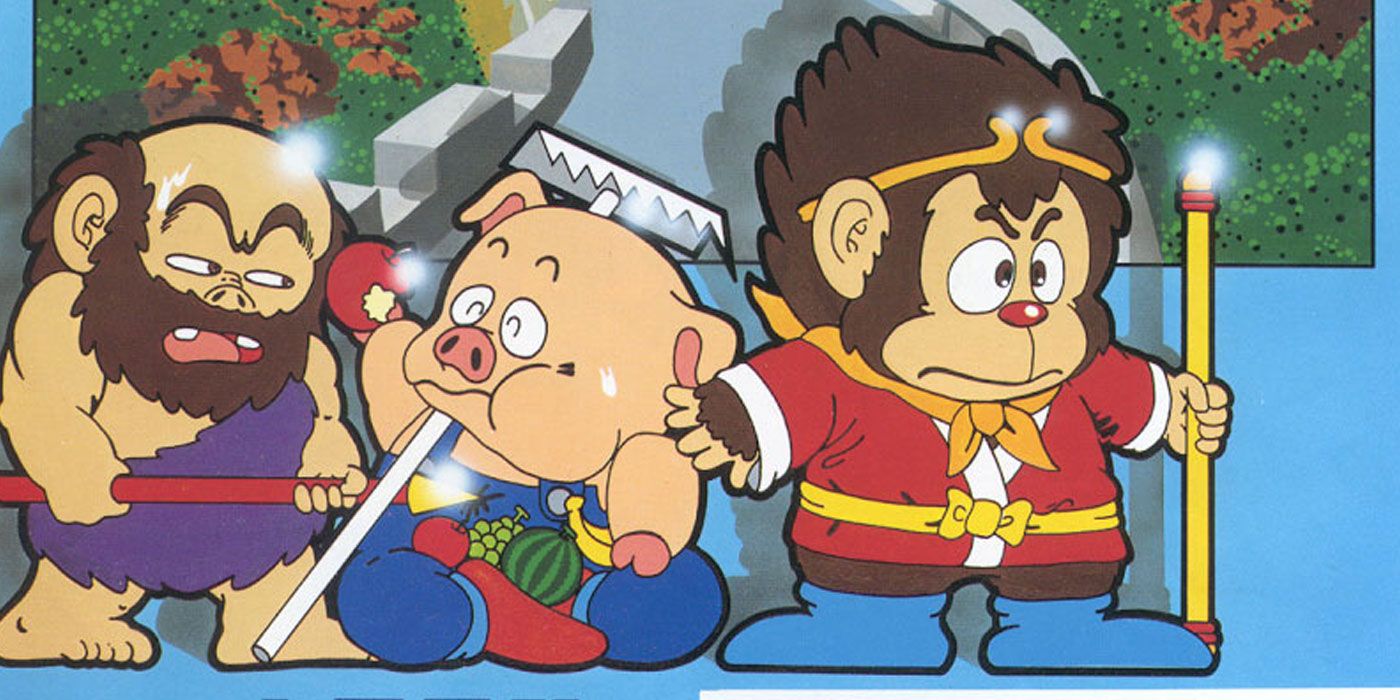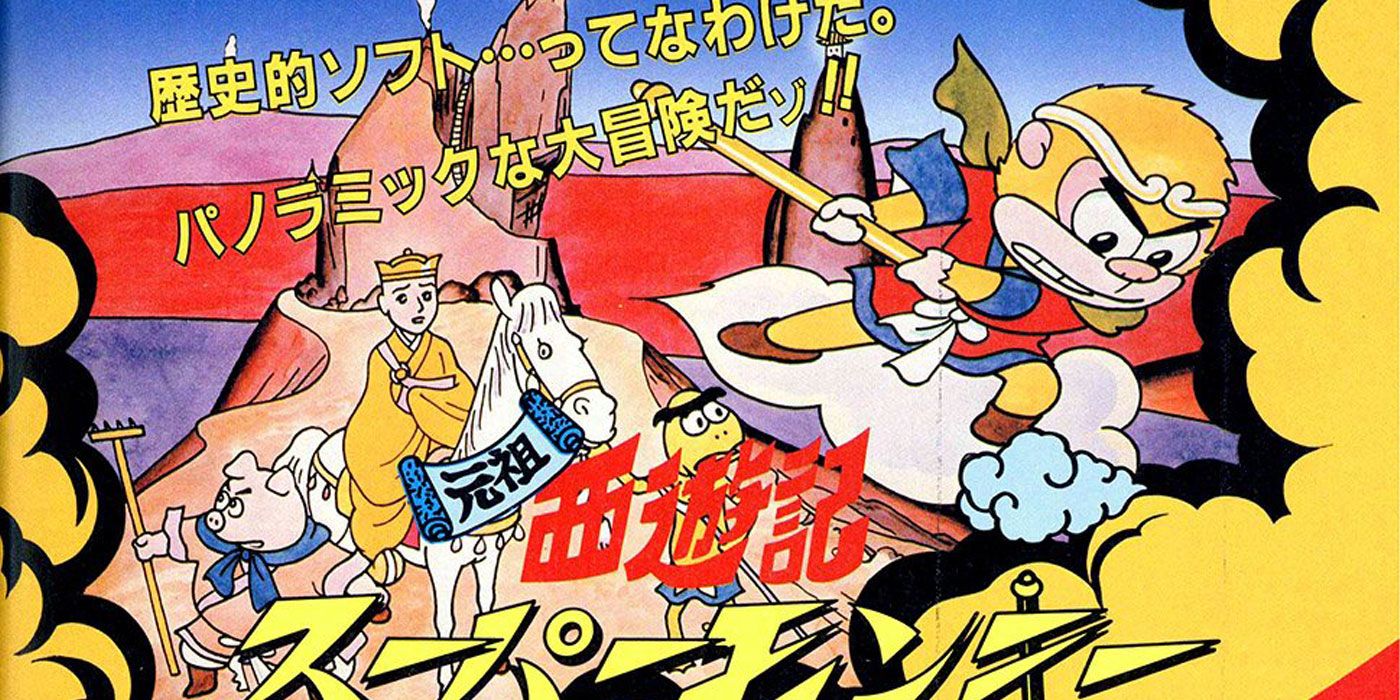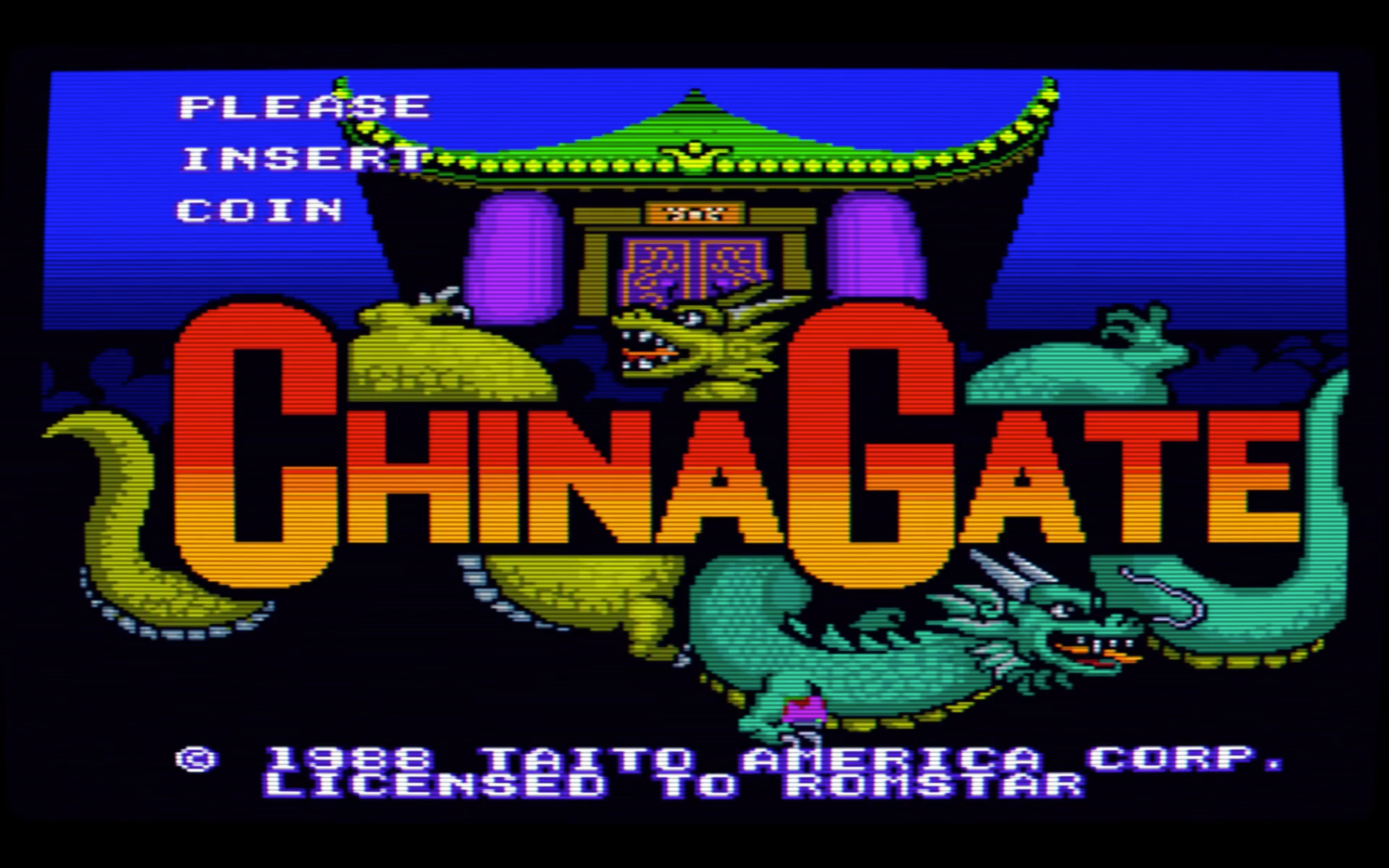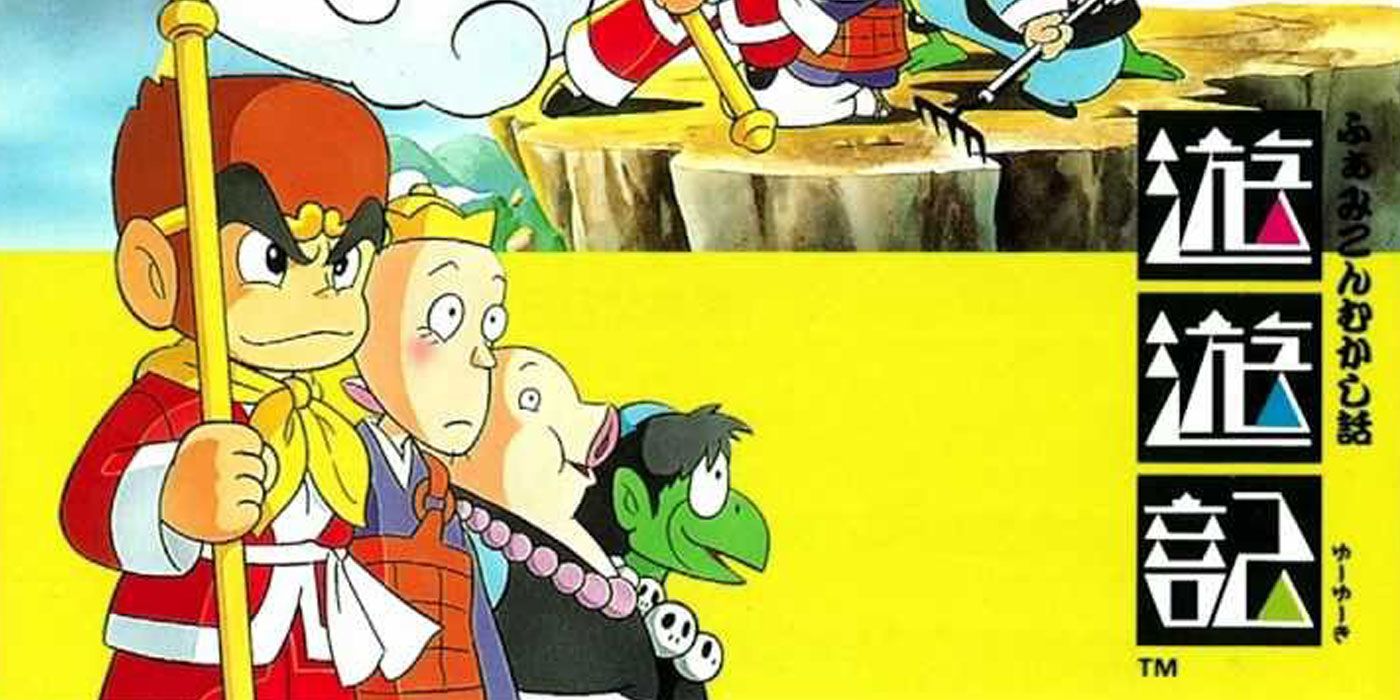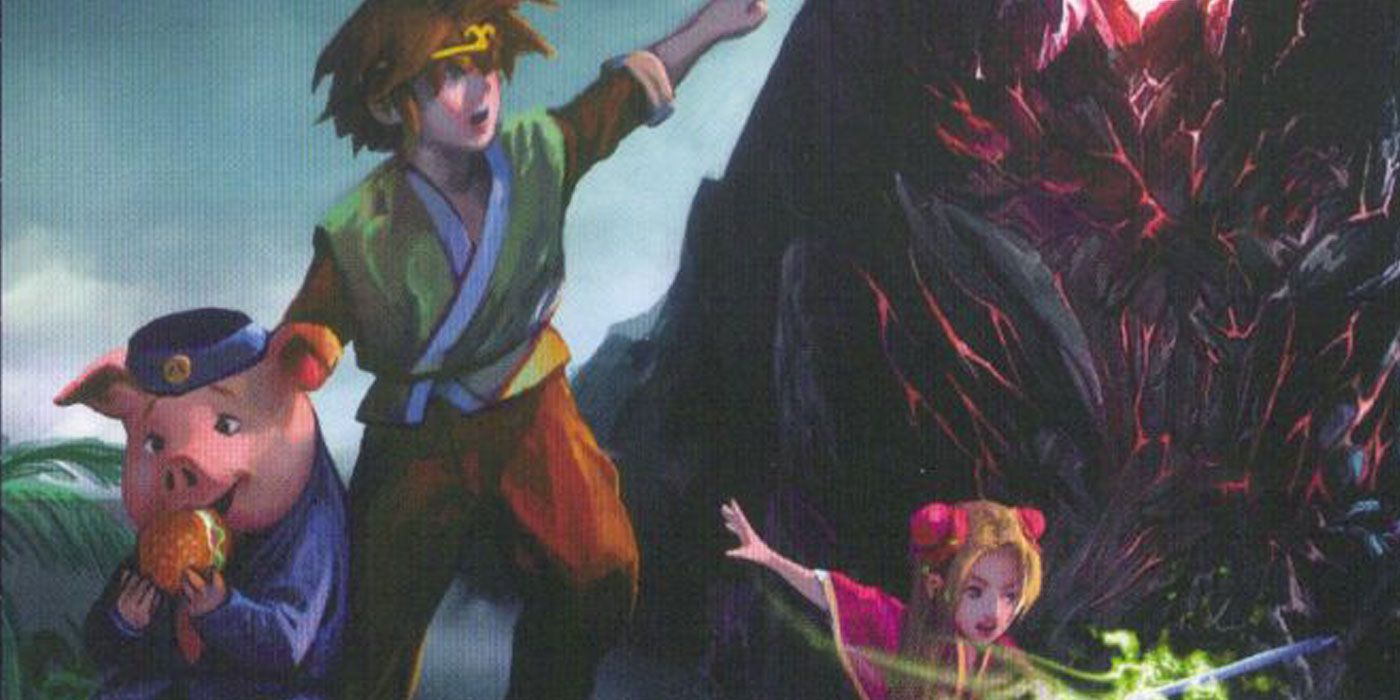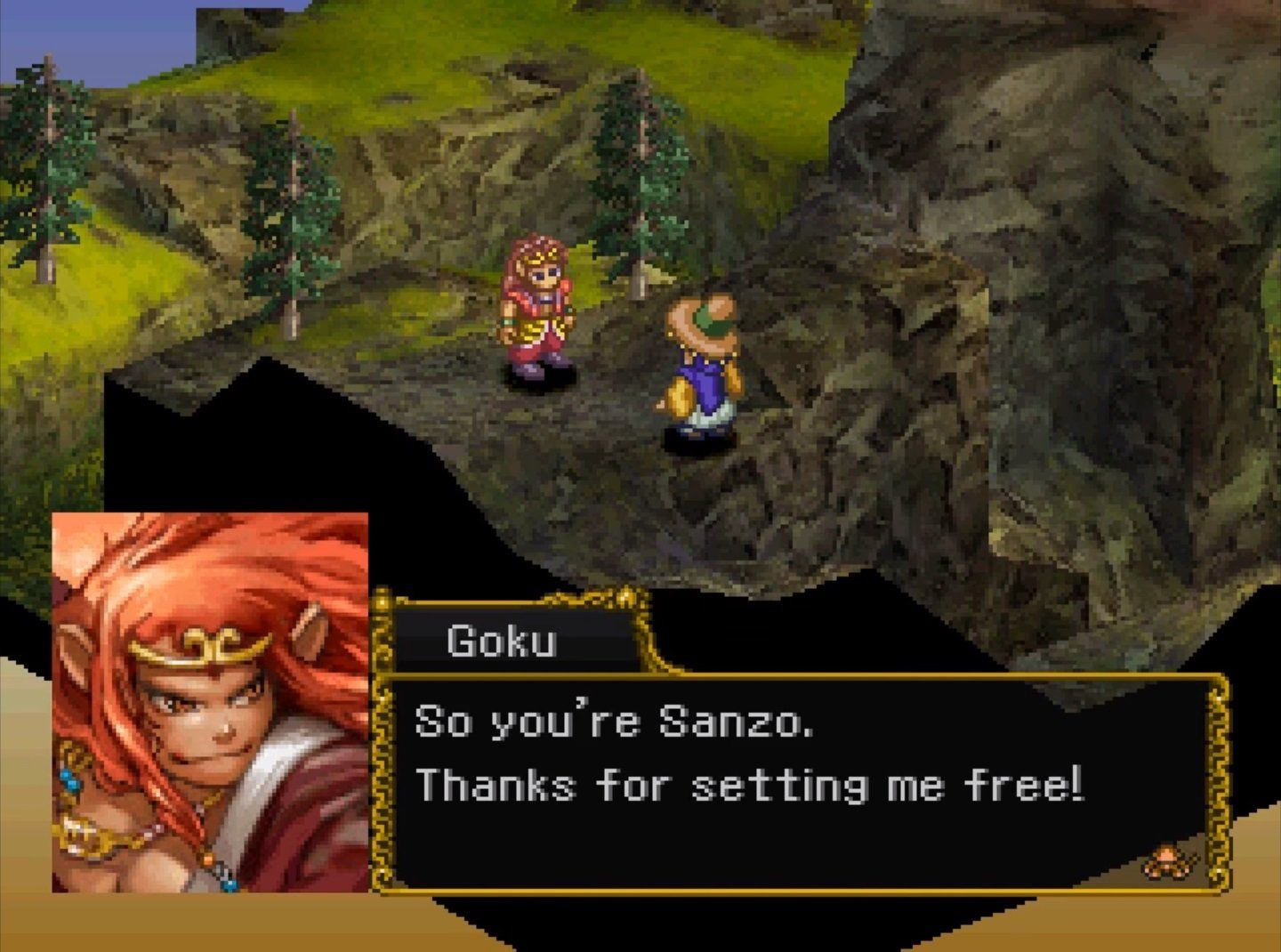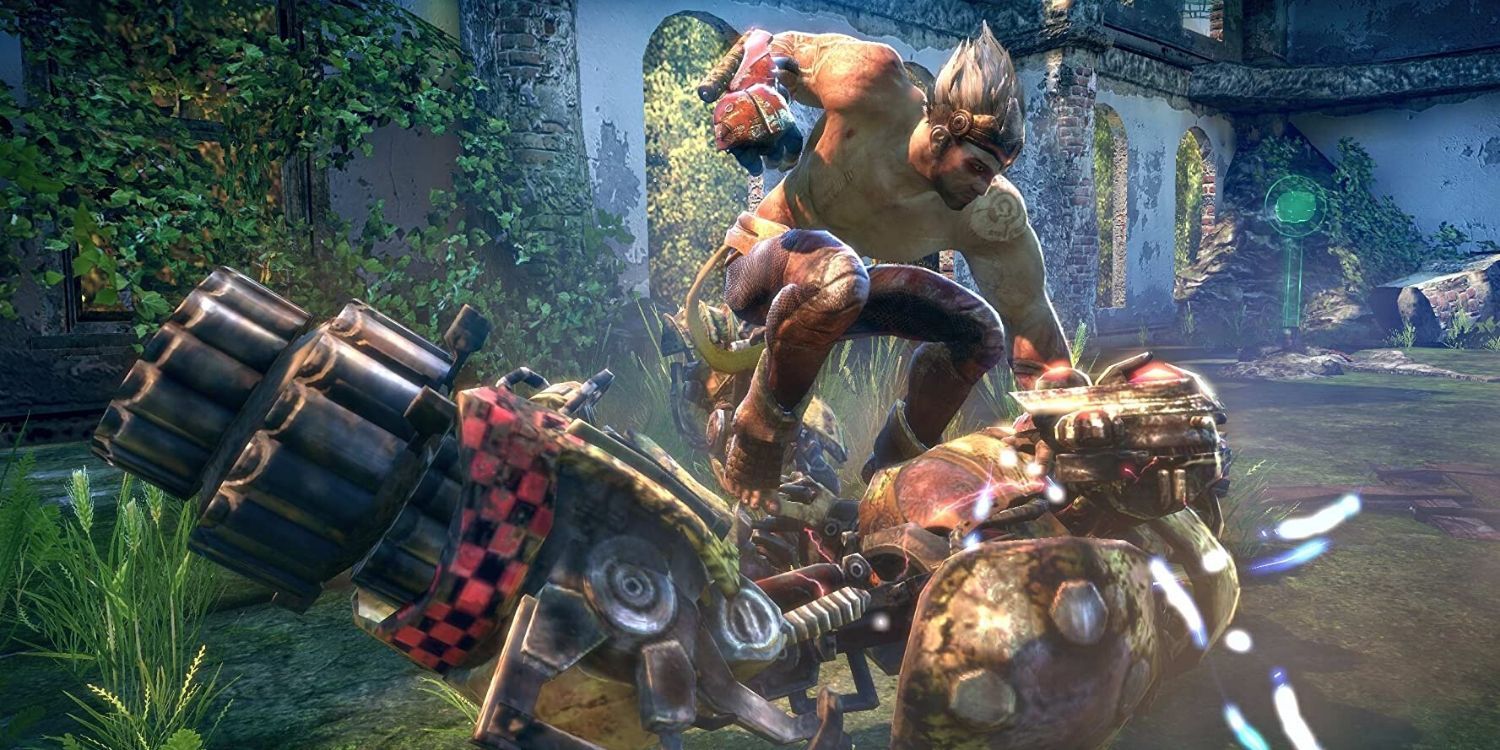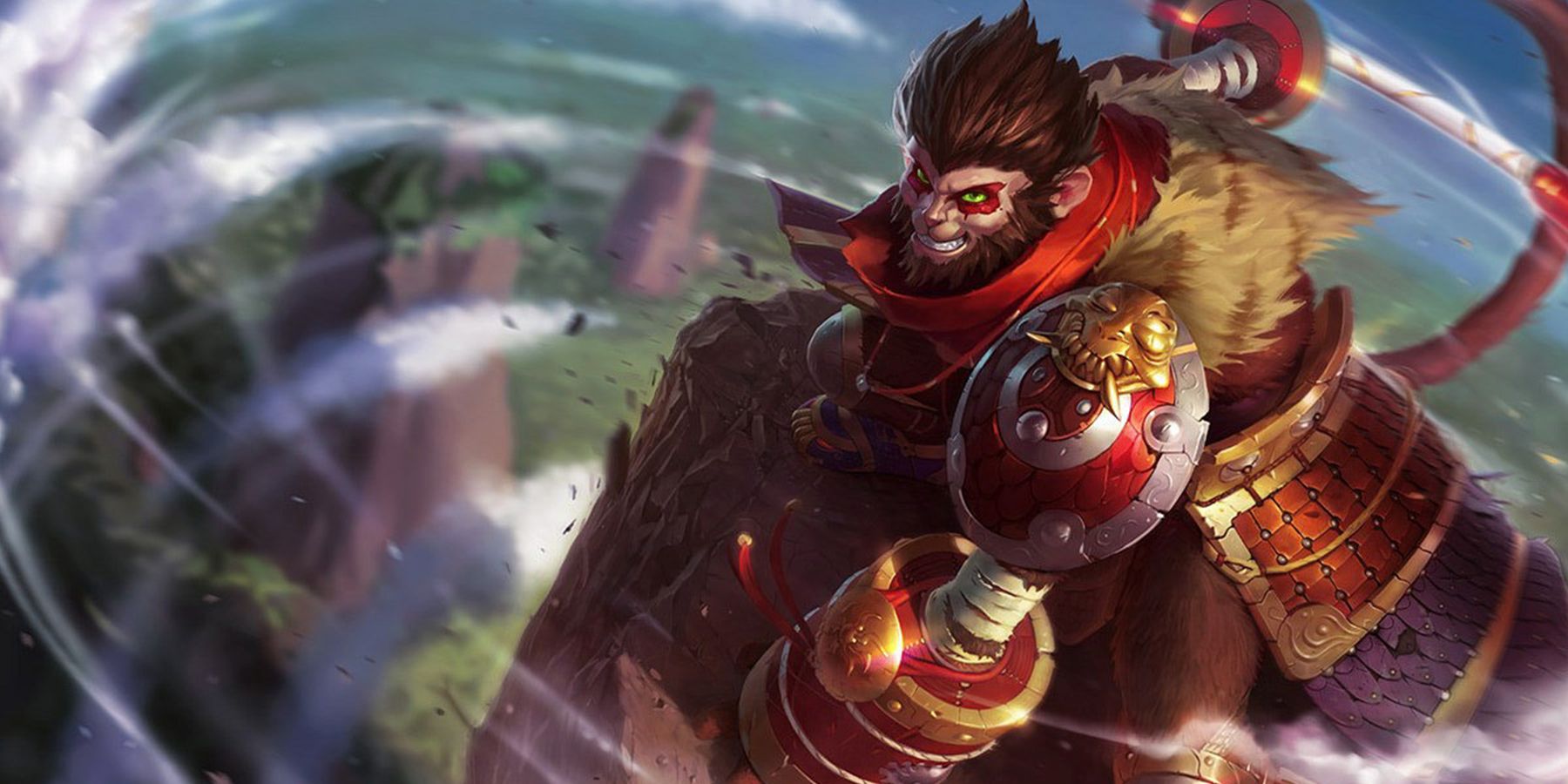The reveal of Black Myth: Wukong has captured player curiosity over a game that explores the Monkey King's mythology, but Black Myth isn't the first to show off the staff-twirling Wukong in video games. The legend of "Sun Wukong" traces back to the 16th Century story Journey to the West. Born from a stone and bearing immense strength and speed, Wukong learned supernatural abilities from a Taoist monk, granting him the ability to manipulate his own form, the weather and even the elements. Wukong's weapon of choice is Ruyi Jingu Bang. This magical golden-banded staff built Wukong's reputation as a powerful demon and, incidentally, sparked his solo rebellion against Heaven and death itself.
As punishment for rebellion and to tame his mischievous ways, the Buddha imprisoned Wukong within a mountain for 500 years. Upon release, Wukong joined the pilgrimage of the monk Tan Sanzang and his companions. The monk taught Wukong the virtues of Buddhism, and eventually, Wukong was granted Buddhahood. With the original tale in mind, how close have other games captured the spirit of the Monkey King?
Son Son (1984)
Capcom drew upon Journey of the West with a monkey boy (Son Son) platforming and dodging enemies to reach a Buddha statue. Players shoot fireballs with Son Son's staff, a close variation to Wukong's magical signature weapon. Paired with the co-op character Ton Ton (an anthropomorphic pig), their search for Buddha statues aptly reflects Wukong's spiritual journey.
Ganso Saiyūki: Super Monkey Daibōken (1986)
Declared one of the most challenging and incomprehensible video games in Japanese history, players control Sun Wukong along his pilgrimage with the Buddhist monk and must track thirst and hunger, raid pagodas for supplies, save companions and fend off enemies in side-scrolling segments. Ganso Saiyūki may be hard to grasp, but the story, setting and staff-whacking remain true to Journey to the West.
RELATED: If Black Myth Caught Your Eye, Forgotten RPG Jade Empire May Be for You
China Gate (1988)
Through white-knuckled boss fights and time-based brawls, players choose between three characters (including the staff-wielding monkey, "Gocoo") to fight through warriors and demons in search of a stolen book. This may reference the Book of Life and Death—which Wukong struck his name from to gain immortality—but the game uses its inspirations merely for set dressing.
Yūyūki (1989)
Nintendo's text-based parody of Wukong's tale follows Chao, a little girl who sets off to save her monkey friend, Goku, from imprisonment. Following the storyline through puzzles and trivia, players interact with characters loosely drawn from their counterparts in Journey to the West. Though the game didn't inspire any sequels, the main characters managed to curiously sneak their way into the Kirby's Dream Land series.
Legend of Wukong (1996)
Way back on Sega Genesis, Legend of Wukong followed not a monkey, but a human boy named Wukong who gets sent back in time to the Tang Dynasty. Wukong must venture out, recruit companions and find his time machine to get back home. It works as an RPG with turn-based combat similar to Final Fantasy, but the "legend" is only vaguely familiar. On the plus side, a "multiple attack" mechanic lets Wukong beat the ever-living hell out of enemies with his staff.
Saiyuki: Journey West (1999)
In this strategy RPG, Monkey King Goku takes a supporting role to the player character Sanzo, a monk making their pilgrimage to India. Goku is one of several party members that join Sanzo's journey, including the obligatory pig-man, who can transform into their far more powerful demon forms. The story is somewhat familiar to Journey to the West and keeps the Monkey King himself consistent with the chaotic nature and history of his mythology.
Enslaved: Odyssey to the West (2009)
In this futuristic rendition, players control Monkey as he escorts a woman (Trip) across a desolated New York City crawling with killer machines. Even when painted over by mechs and grime, the inspirations of Wukong's pilgrimage in Journey to the West are littered across the game — the story, gameplay, and even the aesthetic of characters that reflect the original tale.
Practically Every MOBA Game
Between League of Legends, Smite, DOTA 2, Heroes of Newerth and Epic Games' Paragon, Wukong has twirled and pummeled his way into MOBA popularity. His backstory in these games often picks out details from Journey to the West and relate them to in-universe lore, with his abilities spotlighting Wukong's infamy as a warrior trickster. League of Legends gives Wukong the ability to clone himself, while both DOTA 2 and Smite take advantage of Wukong's shapeshifting abilities and magical staff.
Given the flexibility and inherent fun of his rebellious nature, it's no wonder Wukong stretches back throughout video game history. And though the initial gameplay reveal was impressive, time will tell if Black Myth: Wukong lives up to the task of keeping true to his legend.

